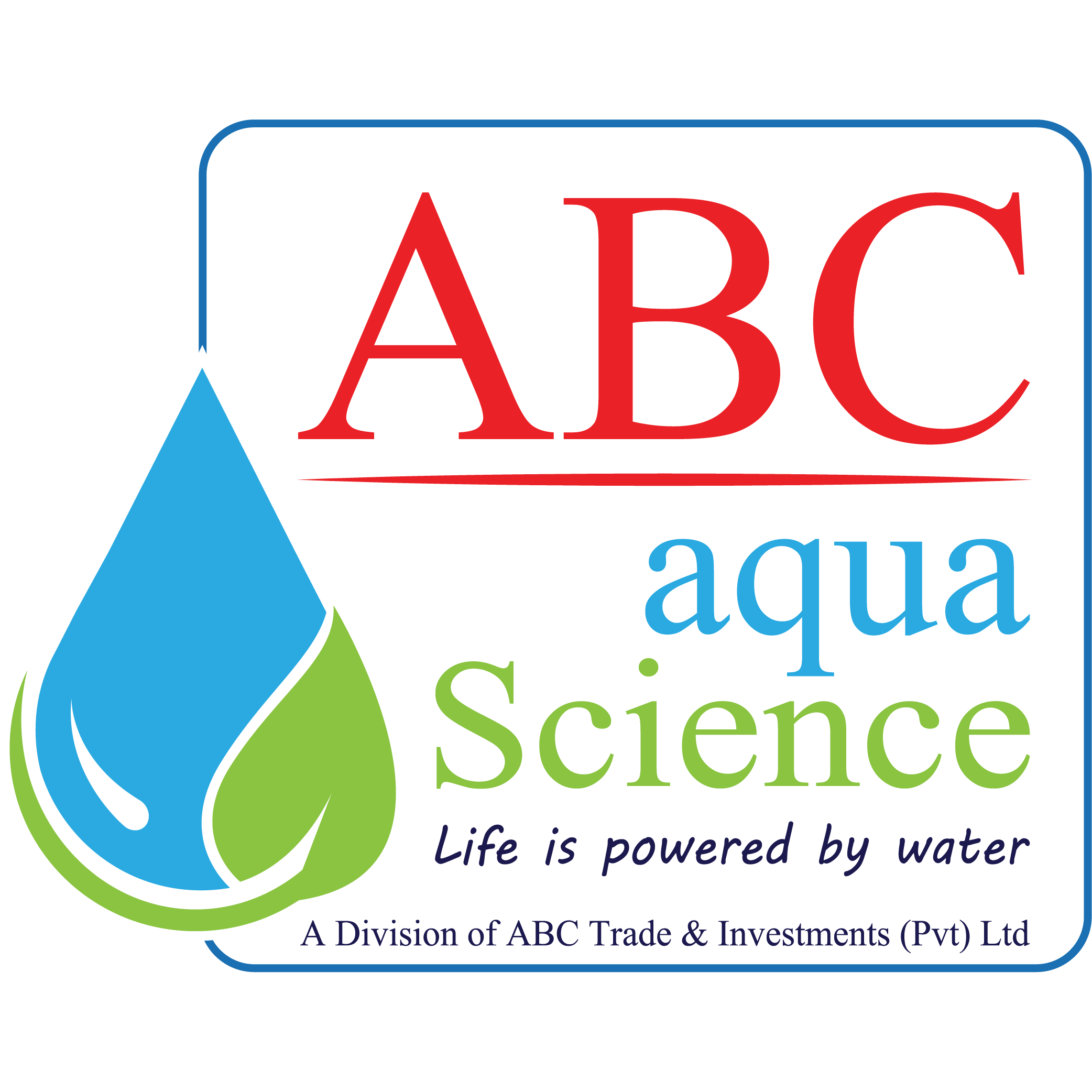
Introduction
Groundwater is a vital resource in Sri Lanka, providing drinking water for a significant portion of the population, supporting agriculture, and contributing to the overall well-being of communities. This article delves into the state of groundwater quality in three key regions of Sri Lanka – Anuradhapura, Vavuniya, and Mullaitivu. These regions have unique geological, hydrological, and socio-economic characteristics that impact the quality of groundwater available to their inhabitants.
Geological and Hydrological Context
Anuradhapura, located in the North Central Province, is known for its ancient tanks and reservoirs that rely heavily on groundwater resources. Vavuniya, in the Northern Province, and Mullaitivu, to the north-east, are also largely dependent on groundwater for various purposes. These regions are characterized by their dry climate and low annual rainfall, making groundwater a critical source for sustaining livelihoods.
The quality of groundwater is closely tied to the geology and hydrology of an area. In these regions, the geological formations are predominantly composed of sedimentary rock, which can influence the mineral content of the groundwater. The shallow aquifers in these areas are highly vulnerable to contamination, and this poses a considerable challenge to the consistency of groundwater quality.
Groundwater Quality Challenges
1. Salinity: One of the primary concerns in these regions is salinity intrusions. As the water table drops due to over-extraction, saline intrusion becomes a severe issue, especially in coastal areas. High salinity levels make groundwater unsuitable for drinking and irrigation, affecting the livelihoods of local farmers and the health of the community.
2. Fluoride Contamination: Some areas in Anuradhapura have reported high levels of fluoride in ground water. Excessive intake of these contaminants can have severe health implications, affecting bones and teeth.
3. Microbial Contamination: Inadequate proper sanitation practices and the presence of open wells are factors contributing to microbial contamination. This leads to the spread of waterborne diseases and poses a significant health risk to the population.
4. Agricultural Chemicals: Pesticides and fertilizers used in agriculture have been detected in groundwater, which raises concerns about long-term exposure to these chemicals through drinking water consumption.
Efforts to Improve Groundwater Quality
1. Aquifer Recharge: Artificial groundwater recharge methods, such as the construction of percolation tanks and recharge wells, can help raise the water table and mitigate salinity problems.
2. Salinity Intrusion Barriers: Building barriers along the coast can prevent saline water from infiltrating the aquifers, preserving the quality of groundwater. This may be complicated and costly.
3. Education and Awareness: Promoting awareness about safe drinking water practices and the consequences of contaminating groundwater is essential. Encouraging communities to use sanitary latrines and avoiding open defecation can significantly reduce microbial contamination.
4. Water Quality Testing: Routine water quality testing and monitoring programs are essential. This helps identify areas with contamination issues and enables targeted remediation efforts to be validated.
5. Regulatory Measures: Implementing regulations on the use of agricultural chemicals and groundwater extraction can help protect water resources. Sustainable groundwater management practices should be promoted.
Conclusion
Groundwater quality in Anuradhapura, Vavuniya, and Mullaitivu is a matter of concern, considering the vital role, the groundwater plays in these regions. Addressing the challenges related to salinity, contamination by chemicals and microorganisms, and educating the local population are essential steps in preserving the health and well-being of the communities. Sustainable groundwater management practices, along with the involvement of local communities, government agencies, and non-governmental organizations, are pivotal in ensuring access to safe and clean groundwater for the present and future generations.

You must be logged in to post a comment.